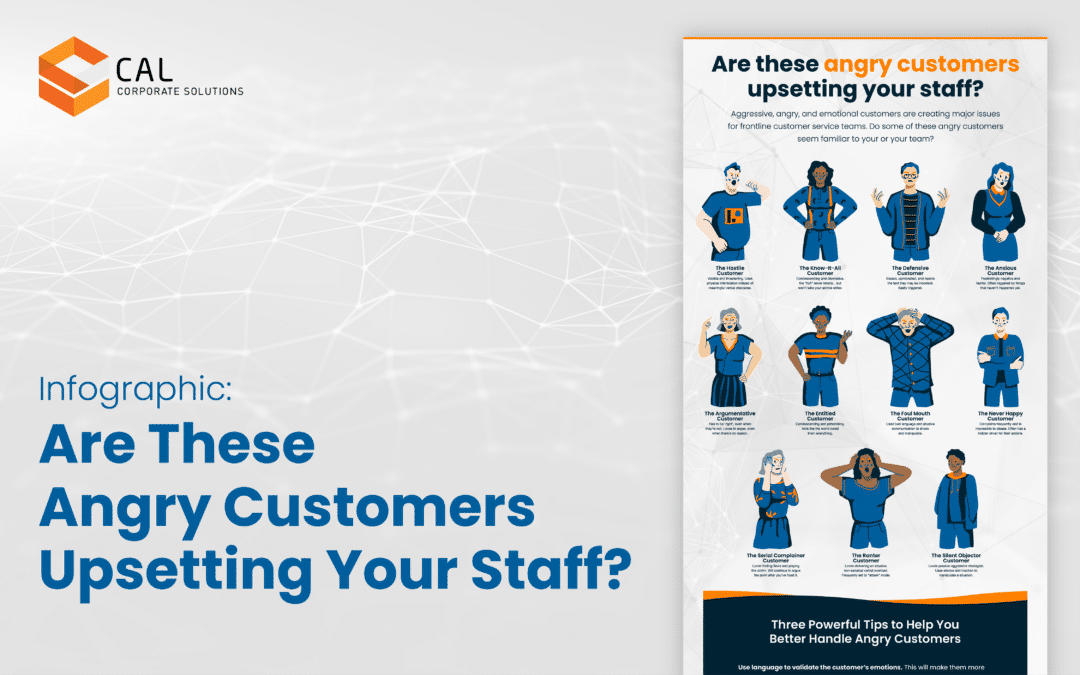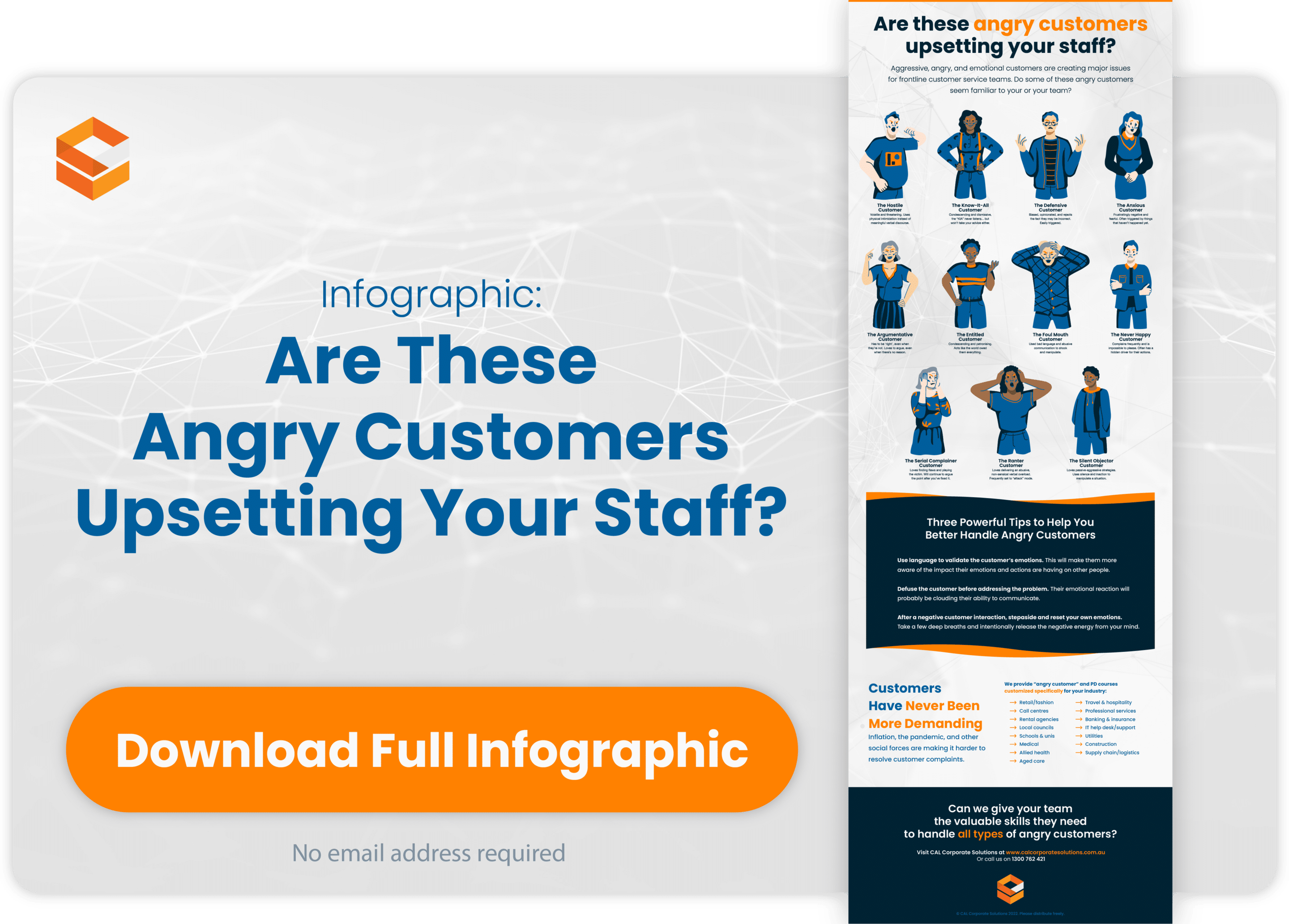The author Steven Covey told the story of a badly behaved family on a train. While the boys annoyed other passengers with their loud noises and by running up and down the aisle, their father did nothing. One of the passengers reached boiling point, and he reprimanded the father for not keeping his children in check.
The father apologised. He explained he had just come from the hospital where his wife had died. He was beside himself with grief and didn’t know what to do. Furthermore, he hadn’t even told his children about their mother. Upon hearing this explanation, the passenger was no longer angry but was instead filled with compassion for the father and his children. His perspective had changed, and so too had his attitude.
Why is this anecdote important for customer service teams? Because it’s critical to realise that you must first understand why an angry customer is behaving in a certain way. Because if your team cannot understand (and then defuse) a situation, unpleasant encounters with customers can:
- Impact the morale of your entire team.
- Push their buttons, causing them to react unprofessionally.
- Erode the professional reputation of your department or organisation.
- Create headaches for you, their manager.
- Make your best team members want to quit.
Understanding different types of angry customers
Identifying and understanding the different types of angry customers is a critical step in the angry customer de-escalation process’ As soon as the angry customer’s “type” is identified, a response can be tailored accordingly. In other words, the strategy required to defuse a “hostile” customer will not work on a “know-it-all”.
Here are 11 different types of angry customers your team may encounter. Do any of these seem familiar to you?
- The hostile: This customer is volatile, threatening, and uses physical intimidation instead of meaningful verbal discourse.
- The know-it-all: This customer is condescending, dismissive, never listens, and won’t take your advice either.
- The defensive: This customer is biased, opinionated, easily triggered, and rejects the fact they may be incorrect.
- The anxious: This customer is frustratingly negative, fearful, and often triggered by things that haven’t happened yet.
- The argumentative: This customer argues incessantly and has to be right, even when they’re not.
- The entitled: This customer is condescending, patronising, and acts like the world owes them everything.
- The foul mouth: This customer uses bad language and abusive communication to shock and manipulate.
- The never happy: This customer complains frequently, is impossible to please, and has a hidden driver for their actions.
- The ranter: This customer is set to attack mode and delivers an abusive, nonsensical verbal overload.
- The serial complainer: This customer is adept at finding flaws, playing the victim, and will continue to argue their point after you’ve fixed it.
- The silent objector: This customer uses silence, inaction, and passive-aggressive strategies to manipulate a situation.



